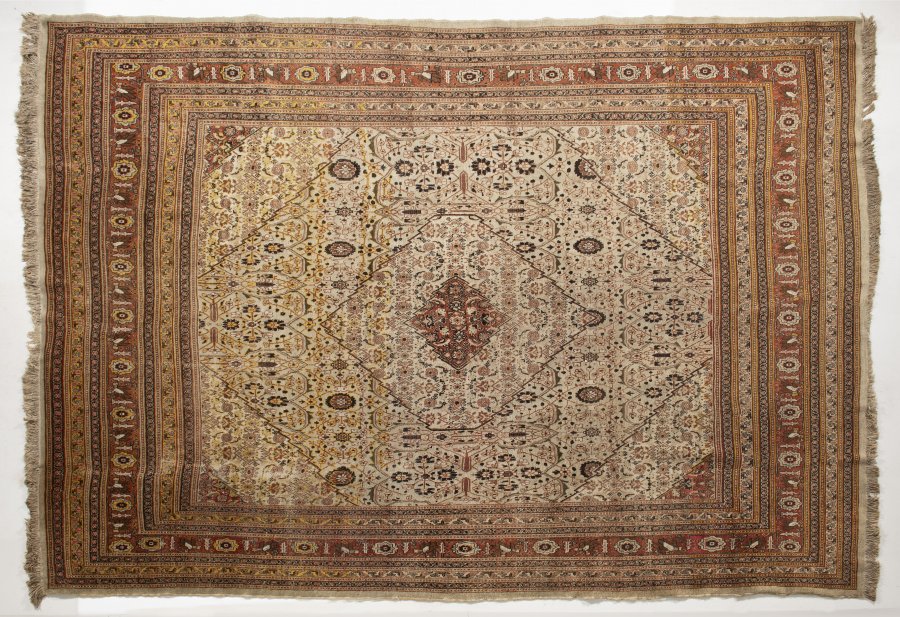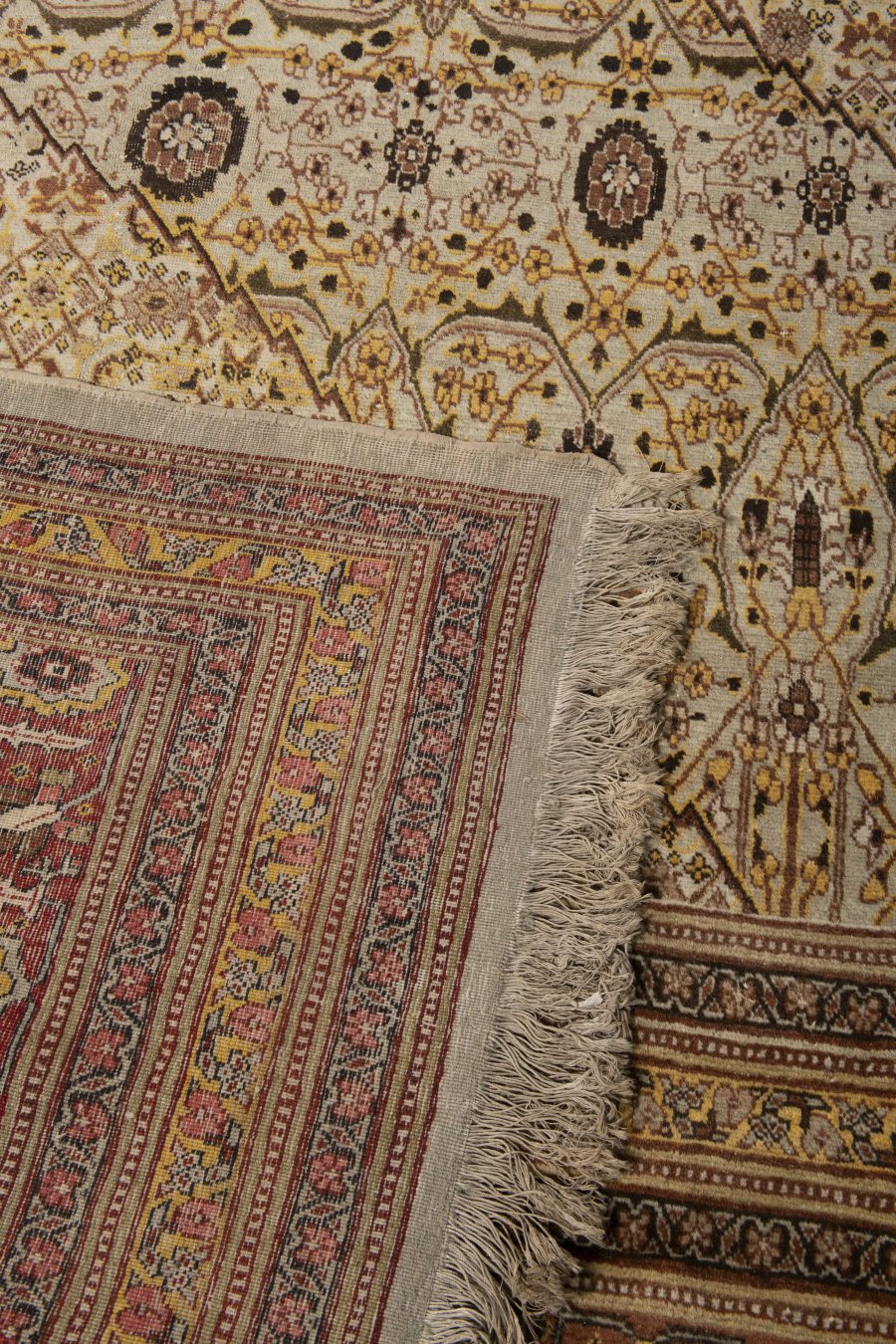Lot 157
HAJI-JALILI TABRIZ RUG
1920-1930
wool, cotton
382 x 292 cm (h x w)
| 1 167 €
The fame of Tabriz in the 19th century and in the export era until the 1930s was not only due to skillful Persian merchants, but also to craftsmen who were renowned for their excellent workmanship of quality wool, their refined work with dyes and, last but not least, the harmony of the composition of large palace carpets, often intended for export to the West. Probably the most famous master in the 19th century was Haji Jalili, whose almost delicate carpets became highly sought after, especially for their muted shades of gold, pink, grey, soft brown, etc., delicately blended into all-over floral designs with often only subtly suggested unobtrusive medallions. His legacy in the first decades of the 20th century was to create a legacy that was not just a simple, unadorned design. The best manufactories in Tabriz followed suit in the early years of the 20th century, and one of them apparently created this representative carpet, which impresses with its seemingly unobtrusive execution of the geometric composition of the 'herati', formed in the central field by jagged leaves around a diamond-shaped diamond medallion with a rosette - according to various views, these twisted leaves resemble fish around a pond ('diamond'), hence the Persian name of the design, shortened to 'mahi' ('fish'). The main border of floral character is surrounded by numerous outer and inner bands of floral elements, and together they form a striking whole that is an established classic in the world of Oriental carpets.
More works from auction
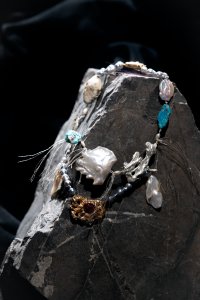
NECKLACE - AWARD OF MEDA MLÁDKOVÁ
Starting price35 000 CZK | 1 458 €
Price realized
35 000 CZK | 1 458 €
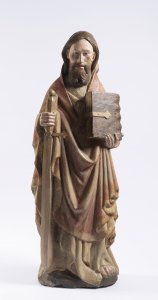
Lot 1 SAINT PAUL
Starting price100 000 CZK | 4 167 €
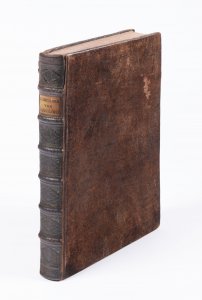
Lot 2 COUNCIL OF CONSTANCE CHRONICLES
Starting price90 000 CZK | 3 750 €
Price realized
90 000 CZK | 3 750 €
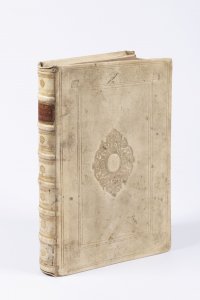
Lot 3 CRITICISM OF HUSSITISM
Starting price18 000 CZK | 750 €
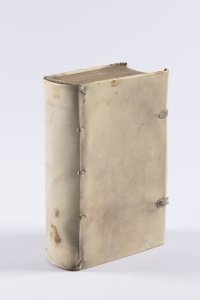
Lot 4 COMPENDIUM OF CHRISTIAN DOCTRINE
Starting price48 000 CZK | 2 000 €
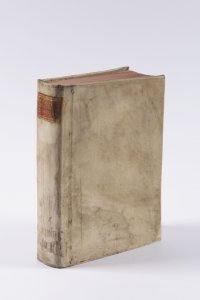
Lot 5 PJSNE DUCHOWNJ EWANGELISTSKÉ Z PJSEM SWATÝCH
Starting price38 000 CZK | 1 583 €
Price realized
50 000 CZK | 2 083 €
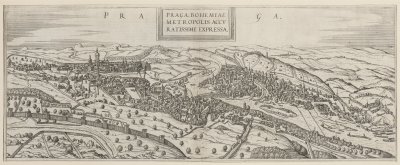
Lot 6 RENAISSANCE VIEW OF PRAGUE
Starting price5 000 CZK | 208 €
Price realized
9 500 CZK | 396 €

Lot 7 EMPEROR PALACE IN PRAGUE
Starting price6 000 CZK | 250 €
Price realized
8 500 CZK | 354 €
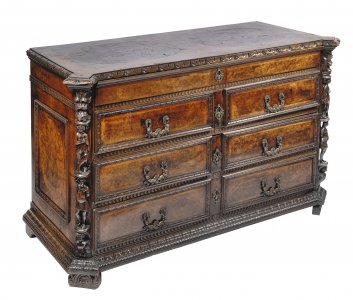
Lot 8 MANNERIST CHEST OF DRAWERS "A BAMBOCCI"
Starting price95 000 CZK | 3 958 €
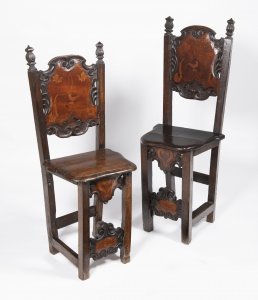
Lot 9 PAIR OF MANNERIST CHAIRS
Starting price15 000 CZK | 625 €
Price realized
33 000 CZK | 1 375 €
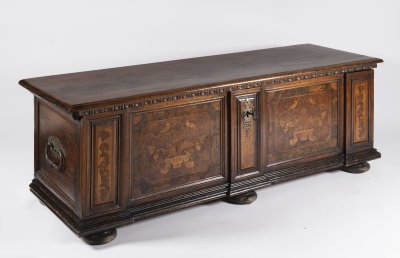
Lot 10 BAROQUE CHEST
Starting price60 000 CZK | 2 500 €
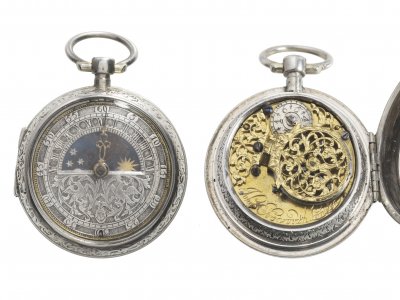
Lot 11 BAROQUE POCKET WATCH
Starting price80 000 CZK | 3 333 €

